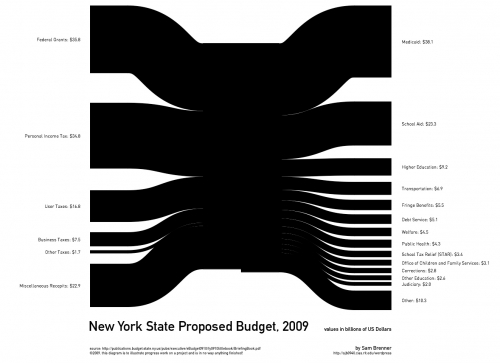Have been very busy recently and have neglected the blog. Here’s just a quick one (to get some color on the top post again … 😉 )
UK’s Department for Environment, Food and Rural Affairs (DEFRA) has crowned its new website on combined heat and power generation with a nice Sankey diagram.
What is CHP? “CHP systems are highly efficient, making use of the heat which would otherwise be wasted when generating electrical or mechanical power (…) and typically has an efficiency of over 80%”, the accompanying text explains.
The diagram is built similarly to this one presented in a previous post: The Sankey diagram doesn’t feature absolute figures, but flows are scaled in relation to the baseline of 100 units energy generation in a power plant and a CHP unit. In a cogeneration unit 160 units of energy would be produced at the same time. Losses are accounted for with 65 units in the CHP. To produce the equivalent energy quanities in a conventional power unit would cause losses 1.65 times higher than the energy output itself. In the boiler 25 % of the energy is lost (40 units).
Overall losses in convential generastion are 205 units compared to 65 units in a CHP.


